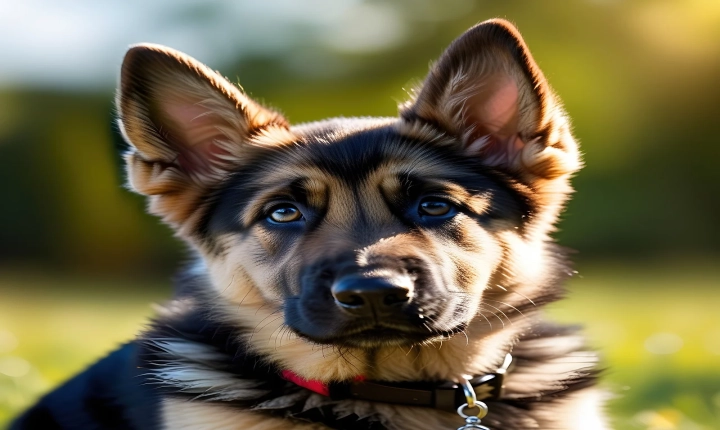Title: Should AI Art Be Considered Art?
The advent of artificial intelligence (AI) has transformed the way we interact with technology, and its impact on the art world is no exception. With AI becoming increasingly capable of creating original works of art, a debate has emerged about whether AI-generated art should be considered genuine artwork.
On one hand, proponents argue that AI art should indeed be classified as legitimate artistic creation. They contend that AI, by its very nature, has the ability to generate unique and innovative pieces that can evoke emotional responses and spark meaningful conversations. AI-generated art is often the result of complex algorithms that can analyze and synthesize data in a way that human artists may not be able to accomplish. The aesthetics and conceptual depth of AI-generated art have often been praised for their novelty and thought-provoking nature.
Furthermore, supporters of AI art argue that the creative process of AI art is no less legitimate than human creativity. Although the initial programming and training of the AI algorithms are done by humans, the resulting artworks are often unpredictable and sometimes even surprising to the creators themselves. This element of unpredictability challenges our conventional understanding of artistic creation and invites us to reconsider the role of intention and human agency in the art-making process.
However, detractors of AI art contend that it lacks the soul and authenticity that is typically associated with human-created art. They argue that the emotional and personal experiences that are embedded in human artworks cannot be replicated by a machine. Moreover, there are concerns about the potential devaluation of human artistic labor and expertise if AI art becomes widely accepted and celebrated in the art world.
Another point of contention is the issue of authorship and ownership. In the case of AI-generated art, who should be credited as the artist – the human programmer, the AI system, or a combination of both? Additionally, questions arise about the legal and ethical implications of copyright and intellectual property rights when it comes to AI-created artwork.
Despite these concerns, there is evidence to suggest that the art world is gradually embracing AI art as a legitimate form of artistic expression. AI-generated art has been featured in museums, galleries, and art exhibitions around the world, and some pieces have even sold for significant sums at auctions.
Ultimately, whether AI art should be considered art is a complex and multifaceted question that invites us to reconsider our preconceptions about creativity, authorship, and the role of technology in the arts. As AI continues to advance and its capabilities in artistic creation expand, it is likely that the debate surrounding the status of AI art will persist and evolve.
In conclusion, the question of whether AI art should be considered art is a matter of ongoing debate, with compelling arguments on both sides. While AI-generated art challenges traditional notions of creativity and authorship, it also opens up new possibilities for artistic expression and engagement. As the boundaries between human and machine creativity continue to blur, the art world may need to redefine its understanding of what constitutes art in the digital age.
